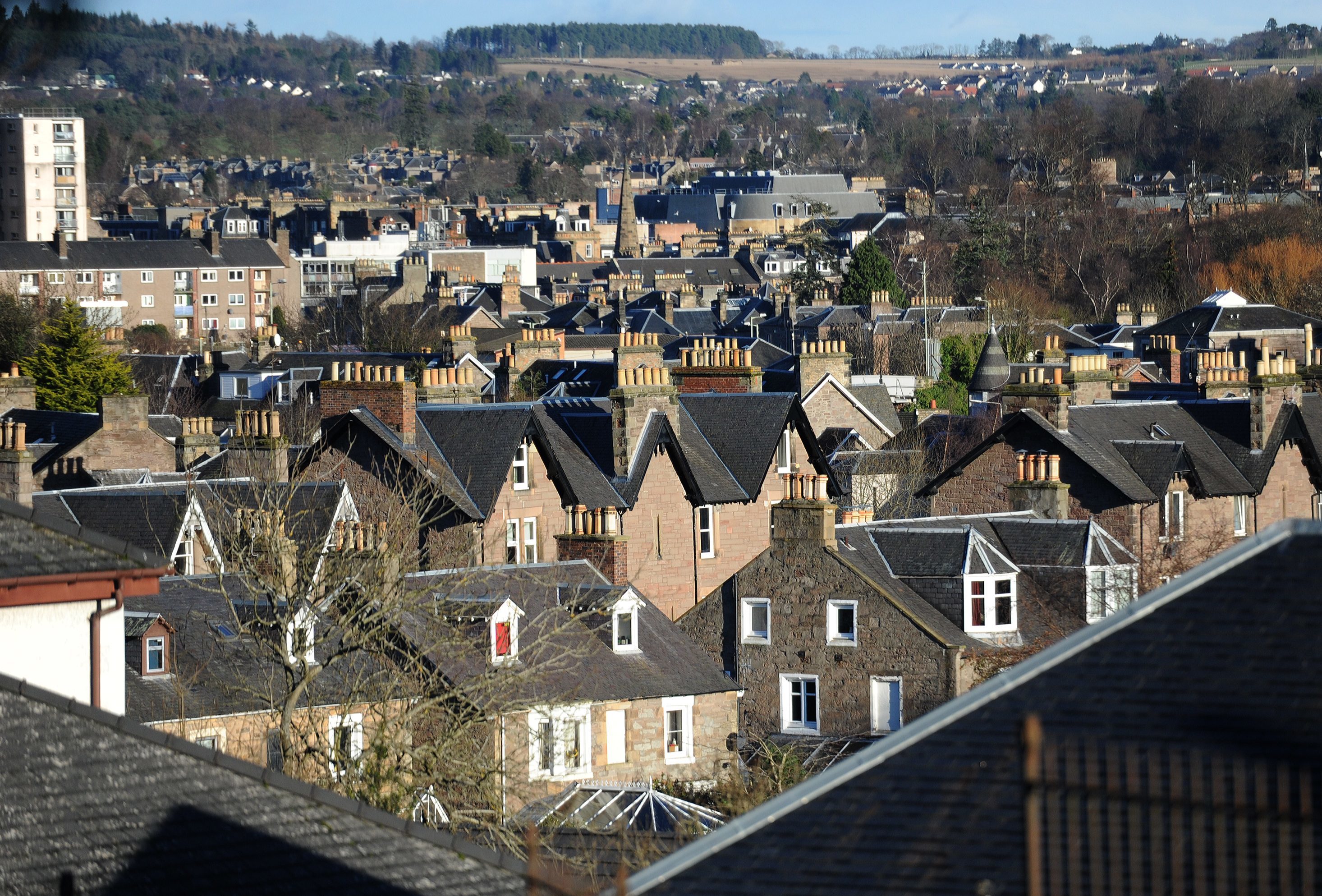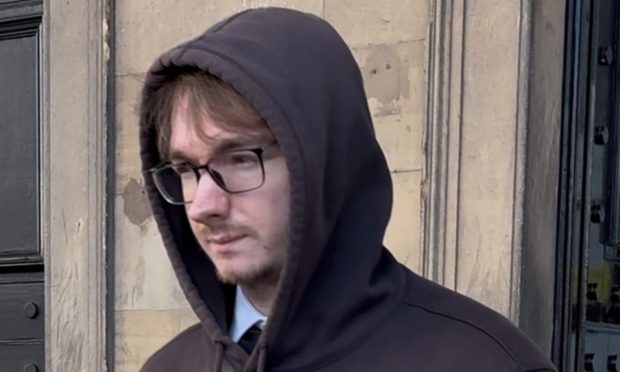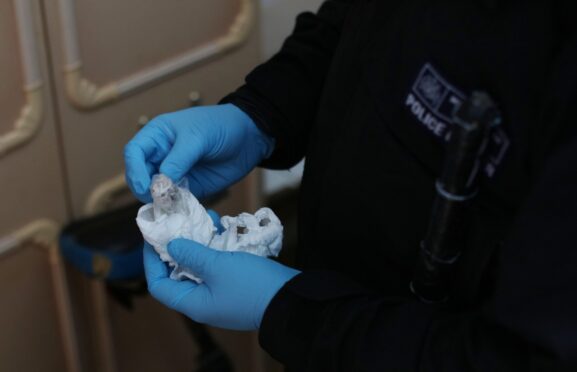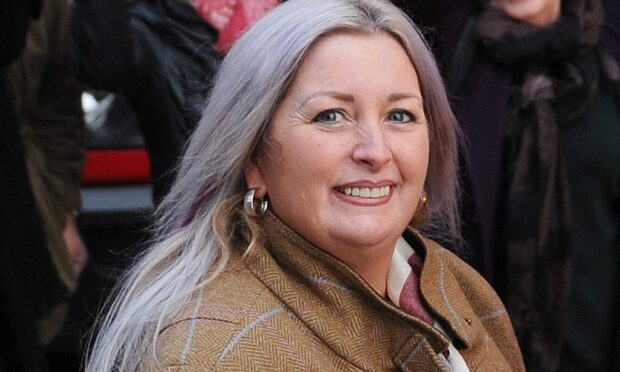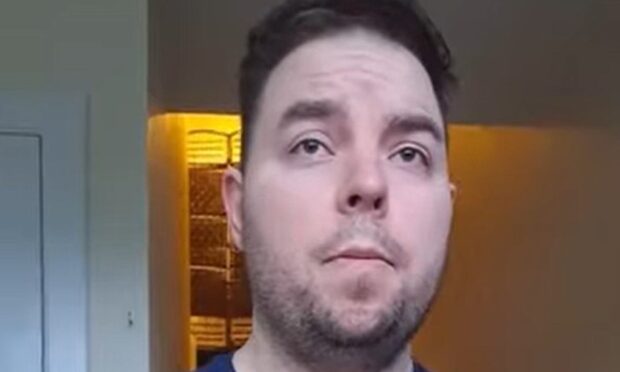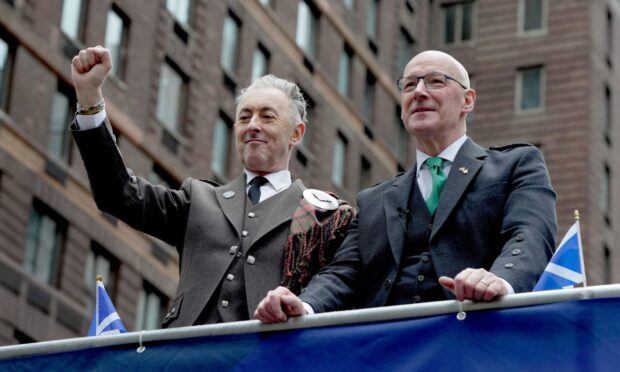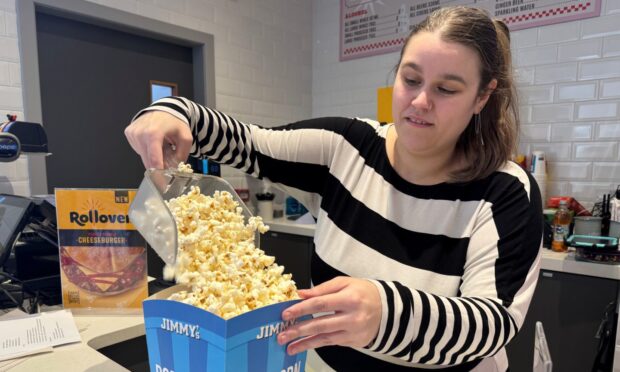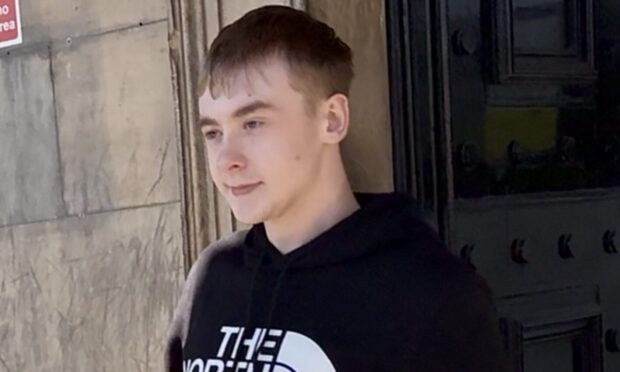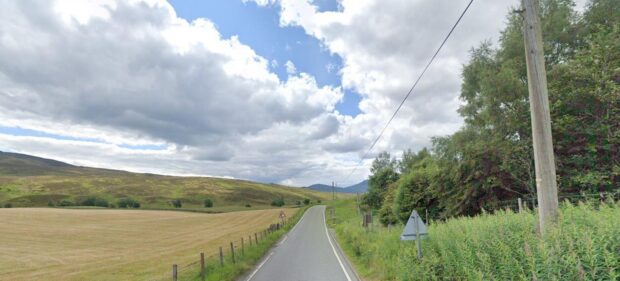Courier Country has one of the lowest rates of internet use in Scotland and is one of the least online-savvy areas of the UK.
The revelation is made in new data from the Office of National Statistics (ONS) that lays bare the extent of the country’s digital divide.
One in five people in the Perth and Kinross area – twice the UK national average – said they had not been online in the past three months or had never used the internet.
While the true reasons for the divide are not yet clear, comparatively high numbers of elderly, unemployed and economically inactive people may provide a partial explanation, according to experts.
Households without access to the internet are estimated to lose around £560-a-year because they can’t shop and pay bills online.
In addition, up to 90% of job applications now require some form of online use.
Speedy internet is increasingly important to businesses, particularly those in large rural areas such as Perth and Kinross and Angus.
At 18.3%, Stirling has a similarly low rate of internet use to Perth and Kinross, while other areas of low use include Angus and Dundee City, at just 17.1% and Falkirk at 16.3%.
The highest rate is in West Lothian, where just 5.5% of people said they hadn’t been online in the previous three months.
John Fitzgerald, of Prestwick-based satellite broadband provider Internet Anywhere, said the lack of use in rural, remote and drive-to-work areas is also down to poor connectivity.
Last week it emerged that broadband speeds in Stirling (11th) and Perth and Kinross (46th) remain among the slowest in the UK, despite the Government’s rollout of ultra-fast internet.
A Perth and Kinross Council spokesperson responded: “We are working with the Scottish Government and internet providers to ensure that Perth and Kinross residents are not missing out on improvements to broadband services.
“The council has committed £200,000 which will be matched with Leader funding to assist those areas that will remain without broadband following the roll-out of the national programmes.
“The national roll-out programme is being led by Community Broadband Scotland on behalf of the Scottish Government and we cannot intervene at a local level until the national programmes are decided.
“We are, however, already having positive conversations with a number of local communities and providing support including Classlochie, Loch Rannoch, Loch Tay and Glen Lyon.
“We are aware that some areas do not have the same access to reliable internet as others and this is a key element identified in our City of Culture bid.
“We understand the positive impact that having reliable access to the internet would make to people’s lives across the area; but also the impact of being confident in using it.
“We work with a number of organisations to provide free classes for over-50s where they can come and learn how to use the internet, such as classes where they can learn everything from how to use online shopping to social media.”
